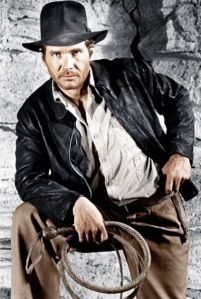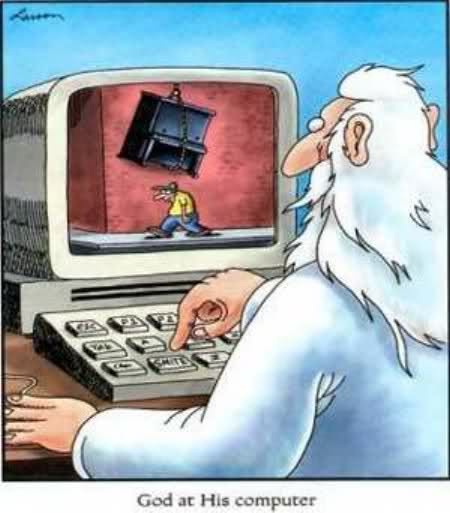תְּרִוּמָה

Raiders of the Lost Ark did not launch the film career of Harrison Ford, but it did bring him his first top billing as an actor. His role as Indiana Jones, the eccentric archaeologist with a nose for adventure, built on his previous starring role in the Star Wars film series in which he played the swashbuckling interstellar smuggler Han Solo. A major difference between the two roles, however, is that Solo’s universe existed entirely in the mind of the Star Wars creator George Lucas, while the adventures of Indiana Jones had some basis in historical fact. Raiders of the Lost Ark, for example, followed Jones in his quest to find the Ark of the Covenant, the physical symbol of the Presence of the Lord God among the people of Israel. No doubt the Jewish heritage of director Steven Spielberg, writer Lawrence Kasdan, and Harrison Ford himself influenced the story line. They would have grown up learning about the Exodus of the Hebrews from Egypt, the construction of the Ark and the Tabernacle at Mount Sinai, and the loss of the Ark at some point in Israel’s ancient history. They would also have been keenly aware of the heinous crimes against the Jewish people committed by the Nazi regime of Adolf Hitler, and of Hitler’s alleged fascination with the occult and mystical knowledge. Those elements factored into the story of the Nazi attempt to recover the Ark from its long-hidden resting place in Egypt and use it as a supernatural enhancement of Hitler’s war machine.
As the movie unfolds, the audience sees Indiana Jones race from one adventure to another in his attempt to thwart the Nazi agents and their accomplice, the French archaeologist René Belloq (played by Paul Freeman). In the end, though, it is not Jones, but God Himself Who brings an end to this unholy use of His holy things. In the climactic scene, Belloq dons the clothing of Israel’s High Priest to preside over a ceremony of consecration for the Ark. As the ceremony proceeds, the Lord strikes down Belloq and the assembled Nazi soldiers in a graphic depiction of the judgment prophesied by Zechariah:
Now this will be the plague with which the Lord will strike all the peoples who have gone to war against Jerusalem; their flesh will rot while they stand on their feet, and their eyes will rot in their sockets, and their tongue will rot in their mouth. (Zechariah 14:12 NASB)
Raiders of the Lost Ark is an exciting story, although with an anticlimactic end as the lost Ark ends up locked away among thousands of crated artifacts in a United States Government warehouse. Yet even with the anticlimax, something very Jewish comes through in the larger message of the film: the sense of the holiness of Almighty God.





